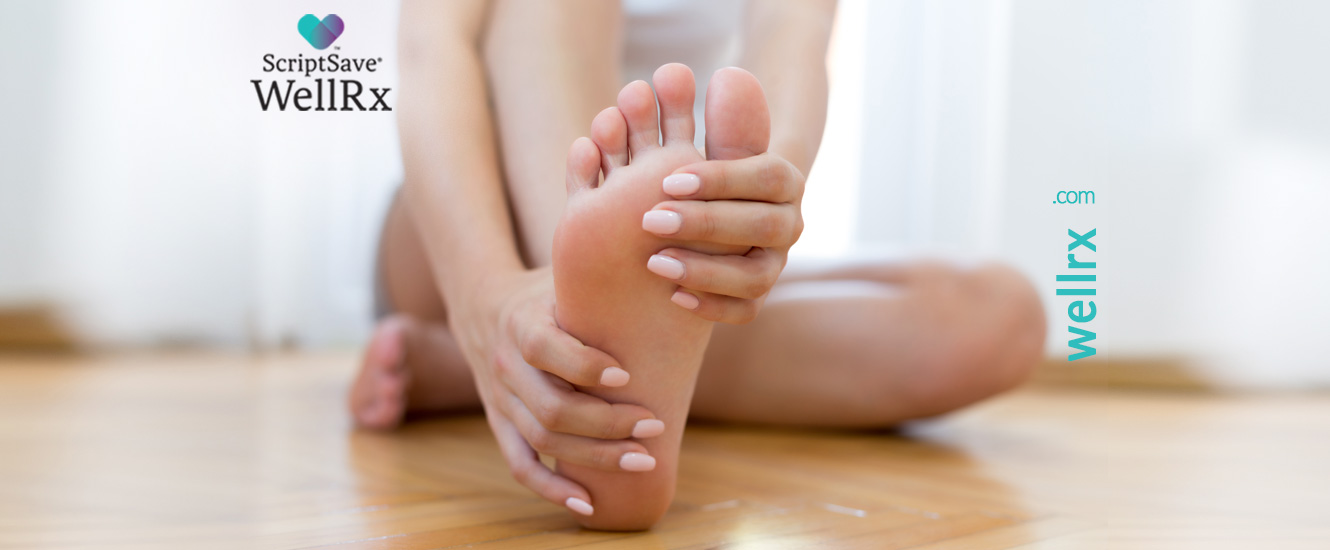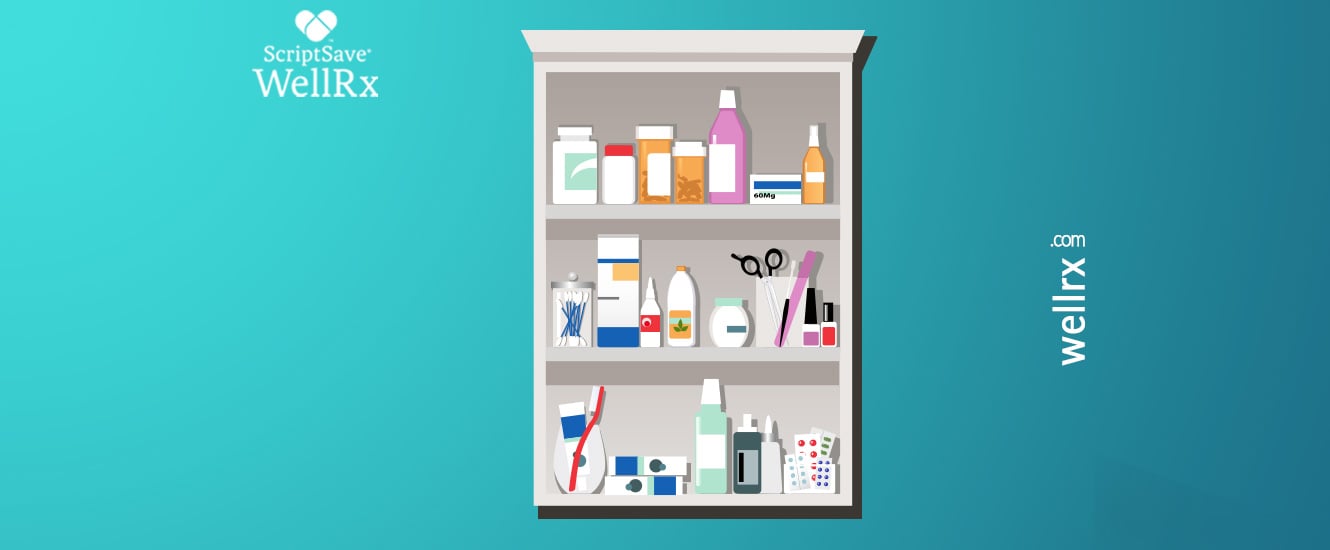Diabetes is a chronic disease that continues to increase in the U.S. population every year. A 2020 report from the Centers for Disease Control (CDC) showed that 34.2 million people have diabetes, which is 10.5% of the U.S population. Diabetes can lead to complications such as heart disease, stroke, blindness, kidney failure, lower-limb infection, injury, or even amputation.
It is important that you are managing your diabetes with lifestyle changes and medications alongside your doctor to prevent any of these complications. One of these complications – lower-limb infection, injury, or amputation – can be prevented by properly caring for and checking your feet.
Four Risk Factors For Lower-Limb Infection, Injury, Or Amputation
- Diabetic neuropathy
- Peripheral artery disease
- Past foot ulcer
- Foot deformities
What Is Diabetic Neuropathy?
Diabetes can lead to diabetic neuropathy which is nerve damage in the hands, feet, legs, and arms, although usually starting in both feet. Some things that you can feel are tingling, it can feel as if you have “pins and needles”. You can feel pain or have increased sensitivity. You can feel numbness or weakness.
What Is Peripheral Artery Disease?
Peripheral artery disease (PAD) is when there are blockages in the arteries leading to the areas outside the brain and heart, including the neck and arms, but more often in the legs and feet. A blockage is fatty build-up in the inner walls of the arteries which make the arteries more narrow, leading to poor or no blood flow to the legs or feet.
What Do These Risk Factors Mean?
Having any of these risk factors can increase the risk of hurting your feet, getting ulcers, or getting foot infections which can potentially lead to amputation.
What Can You Do As A Patient?
Bottom line: Check your feet every day!
- When checking your feet, check the top, the bottom, and even in between your toes. Look for cuts, sores, blisters, corns, redness, or swelling.
- If you have trouble seeing your feet, you can use a mirror to help you or you can ask somebody to help you.
- Wash your feet every day, dry them thoroughly, especially in between your toes.
- Keep your feet moisturized but avoid in between your toes.
- Keep your nails trimmed, make sure you smooth out sharp edges with a file or emery board.
- Protect your feet from extreme temperatures.
- Wear appropriate footwear.
- Shoes that are comfortable, cover the entire foot, and fit well.
- Wear moisture-wicking socks.
- Check your shoes for sharp objects before putting them on.
- Avoid being barefoot or wearing sandals.
- If you find anything of concern, contact your doctor right away.
Takeaway Points
Your doctor should conduct a full foot exam at least once every year. However, if you are prone to foot problems or if you have any risk factors, it might be more than once a year. Although your doctor takes care of this and monitors you, it is very important for you as a patient to check your feet every single day. This is done so that if you find something of any concern before your next doctor’s appointment, you can talk to your doctor to get it taken care of immediately.
References:
https://diabetes.org/diabetes/complications/foot-complications
https://pharmacist.therapeuticresearch.com/Content/Segments/PRL/2016/May/Foot-Infections-in-Patients-With-Diabetes-9678
https://www.diabetes.org/resources/statistics/statistics-about-diabetes
https://www.heart.org/en/health-topics/diabetes/diabetes-complications-and-risks/peripheral-artery-disease--diabetes
https://www.diabetes.org/diabetes/complications/neuropathy/peripheral-neuropathy













 Store & manage your medication list
Store & manage your medication list Medication pricing updates
Medication pricing updates Pill & refill reminders
Pill & refill reminders Medication journal & mood log
Medication journal & mood log